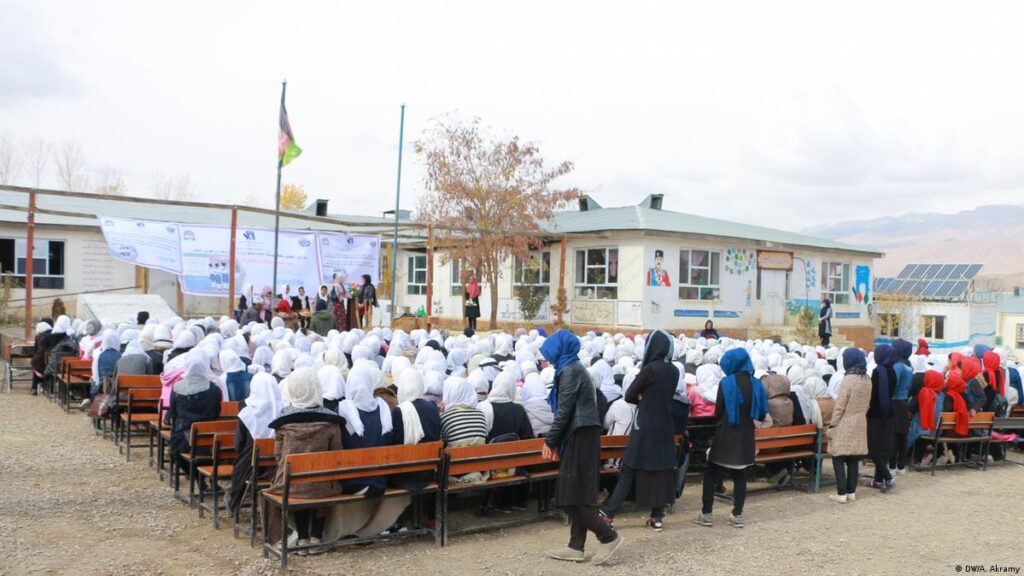What Does the Future Hold for Education in Afghanistan?
There are 1,200 madrassas officially registered and the Taliban plans to add about 4,200 more, 10 in each district. There are a total of 419 districts in Afghanistan

In a new development, international education programs in Afghanistan will hand control over to local groups, under the control of the Taliban and its de facto Ministry of Education. NGOs have been crucial in providing support to Afghan children, especially girls by means of food, education and healthcare services after the takeover of the government in August 2021.
UNICEF said it has been in talks with the Taliban on the “timelines and practicalities” on handing over its education programs. Last week, the Taliban issued an order that international organizations could no longer be involved in education projects in Afghanistan and that they have to hand over the control to local groups, in coordination with the Taliban Ministry of Education.
Afghan women and girls worry about this new development leading to further discrimination against their academic opportunities. UNICEF (the United Nations Children’s Fund) reported that the order from the Taliban to stop all NGO activities will have an impact on “over 500,000 children, including more than 300,000 girls.”
In the southern provinces of Kandahar and Helmand, the Taliban has closed education centers that focused on girls’ education beyond the sixth grade. The Taliban did not give a reason for the closures, but simply said they are suspended “until further notice.” After nearly two years, the schools have not reopened.
Meanwhile, the Taliban has resumed the implementation of new madrassas, religious learning institutions, in at least five provinces across the country. In addition to teaching religious studies, jihadi madrassas have been used as centers for training suicide bombers and weapon use.
Advocates and political analysts expressed concerns that the establishment of madrassas would fuel extremism among youth and would deprive them of any modern education. While religious education is not always negative, these institutions follow the Taliban’s interpretation of religious text and mindset that focuses on war, killing, violence, and hate.
There are 1,200 madrassas officially registered and the Taliban plans to add about 4,200 more, 10 in each district. There are a total of 419 districts in Afghanistan.
Secondary schools, however, remain closed for girls, preventing nearly one million girls from receiving a high school education. The ban on girls’ education makes Afghanistan the only country in the world where girls and young women are forbidden from attending secondary school and higher education institutions.